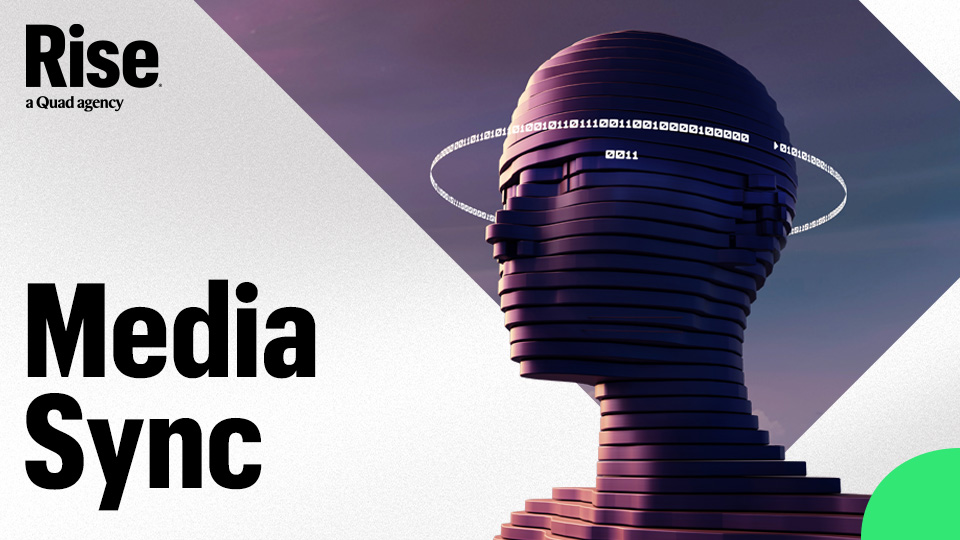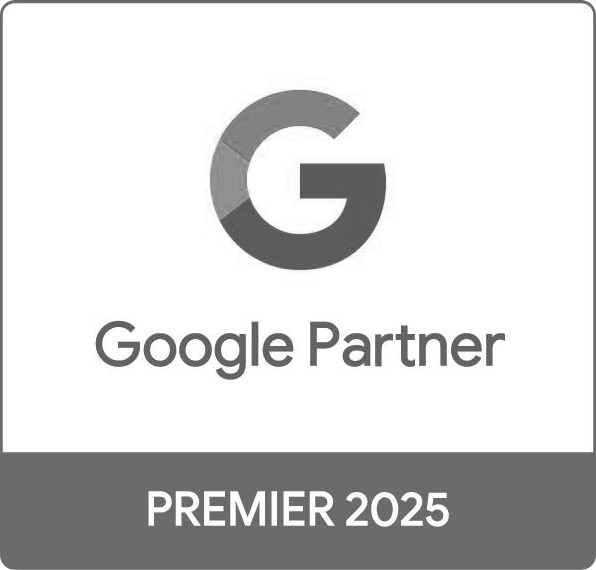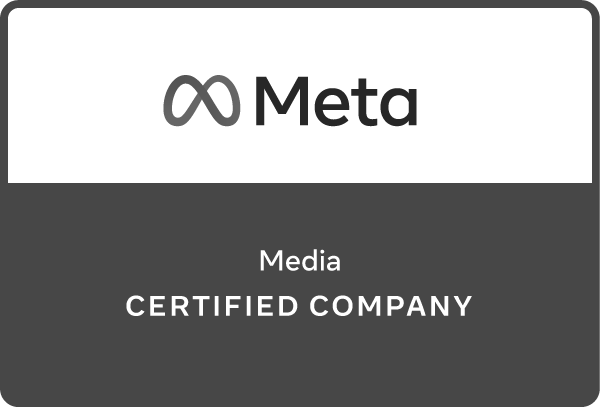
LinkedIn recently reminded me that this is my 20th year in the industry, and I took a mental trip back in time: My texts had character limits, Twitter asked me “What are you doing?,” I was still ordering DVDs from Netflix and I had just started my career in media planning — all while armed with spreadsheets, site lists and a healthy fear of fax machines.
Back then, planning media felt more like curating a vibe than optimizing an algorithm. We didn’t have dashboards auto-populating real-time audience graphs, but we did have syndicated data decks and highlighters. We’d cross-reference MRI runs with media kits, layer on a little gut instinct and carefully match brands with environments where our (very manual) data told us the highest concentration of our audience would likely be. It wasn’t automated, but it was intentional.
A huge emphasis was on contextual media. Want to reach moms buying back-to-school supplies? We found them in parenting sections, on morning TV and in glossy magazine spreads next to lunchbox ideas. There was something tactile and satisfying about planning media that made sense. Yes, our work was based on data available to us but was also driven heavily by the experience.
Then the 2010s came along with shiny, programmatic promises. Audience-first planning became the gold standard. We could suddenly follow users across the internet based on who they were, not just where they were. But in our rush to chase audiences across every device, context became a casualty. We weren’t always asking if the placement felt right, but rather if it technically reached the right person.
And let’s be honest, we may have overcorrected.
Now, in 2025, the pendulum is swinging back to a more balanced place. Our platform partners’ algorithms are evolving to help with this, but we can’t leave every decision to the machines — and a human touch to the decision-making makes a big difference. Context is no longer optional. In a cluttered media landscape, where your message shows up matters just as much as who sees it. We are dealing with a very savvy, very overstimulated audience. They’re skipping, scrolling and mentally tuning out faster than ever. To cut through the noise, your media placement has to earn attention, not just target a demo.
Today’s most effective campaigns are rediscovering the art of contextual alignment by pairing audience identity with emotional state, moment and mindset. And we finally have the tools (and the humility) to do both well: to chase precision without losing the plot.
I love the progress I’ve witnessed over the years. I love that we can layer in real-time signals, test creative dynamically and prove ROI with actual numbers. But as someone who planned media while watching “The Hills” in real time, I’m here to say: The 2000s had some things right.
When brands take into account the who, what, when and where that align with the mindset of their audience, the message doesn’t just land — it resonates. And in an attention economy this fragmented, that kind of thoughtful alignment isn’t just a nice-to-have; it’s a strategic edge.
So, no, context isn’t a throwback to simpler times. It’s a recalibration. A reminder that quality doesn’t scale the same way quantity does. And as clutter grows and trust declines, brands that prioritize context won’t just get noticed, they’ll be remembered.
Want to continue the conversation and learn more about recalibrating your audience strategy? Rise can help.








